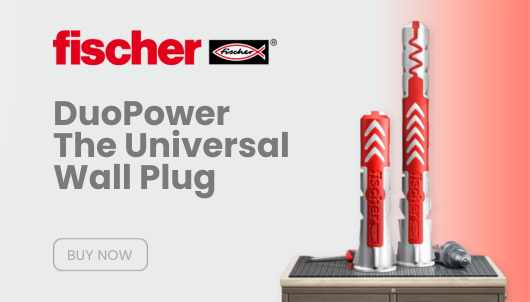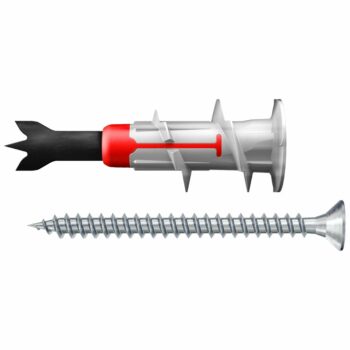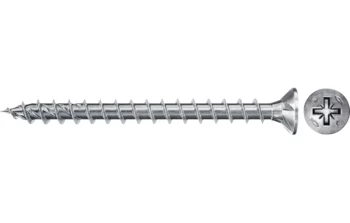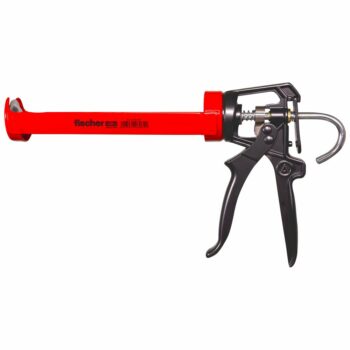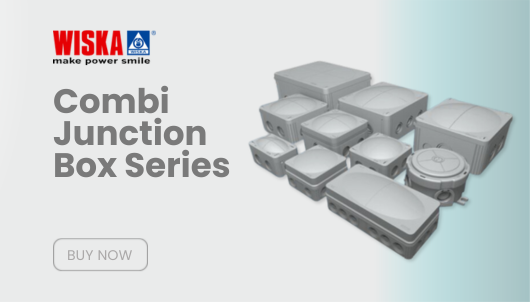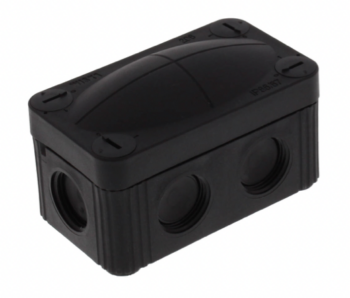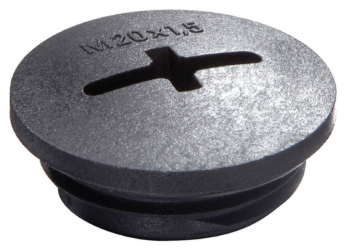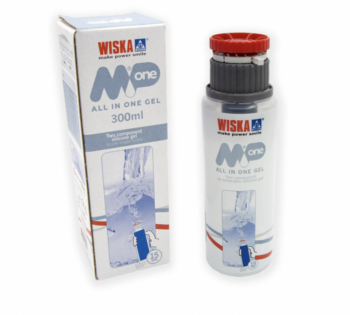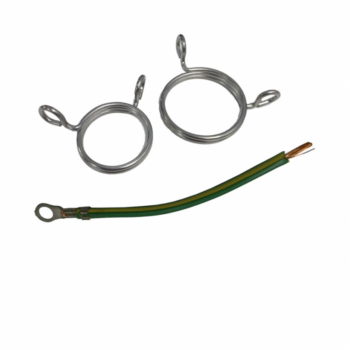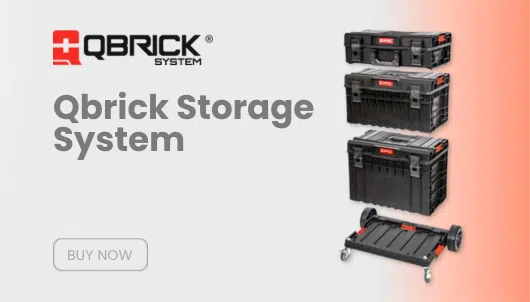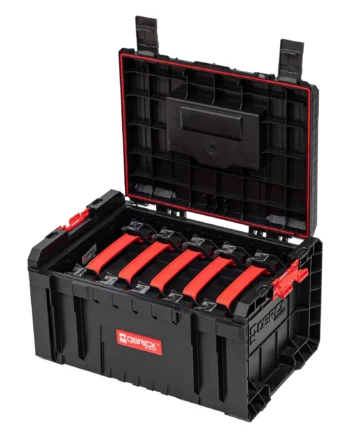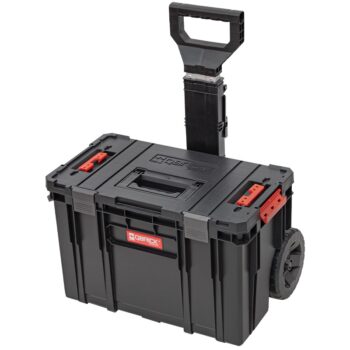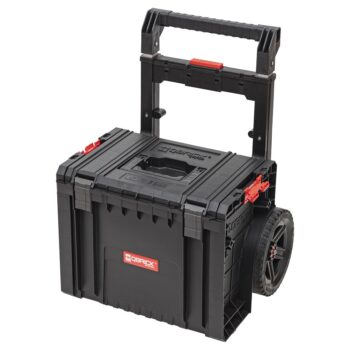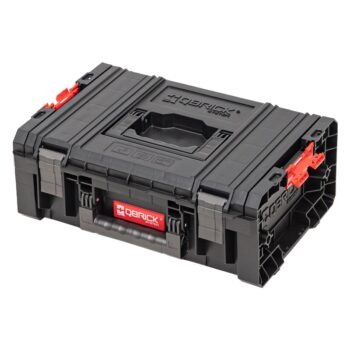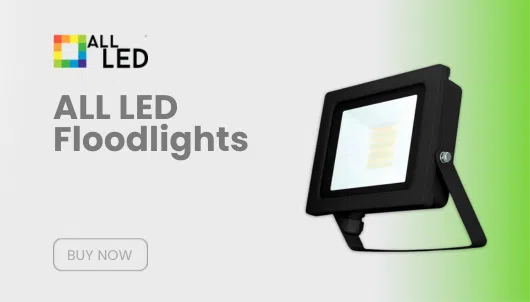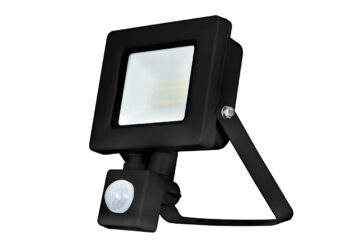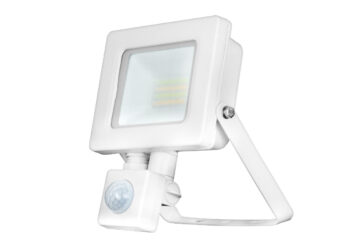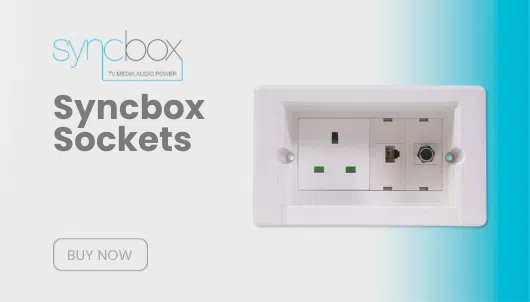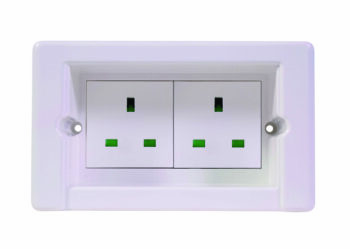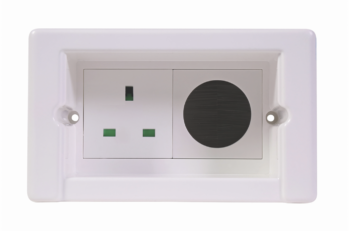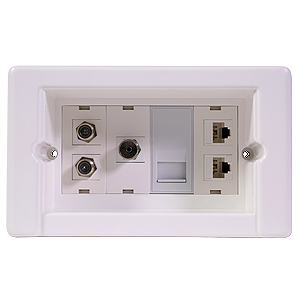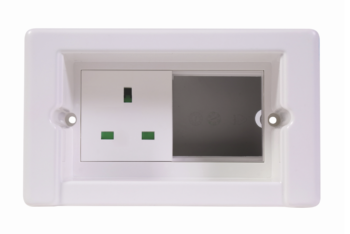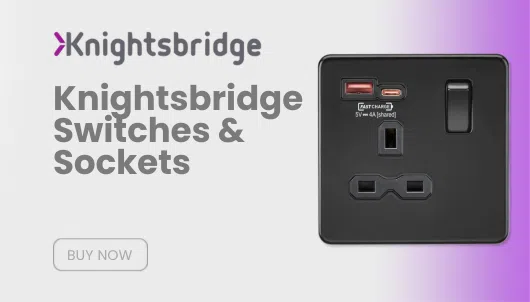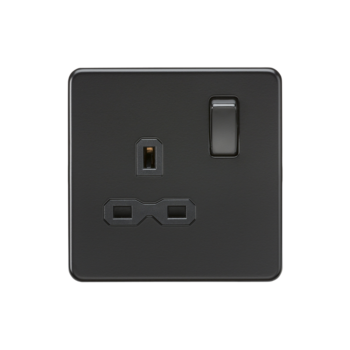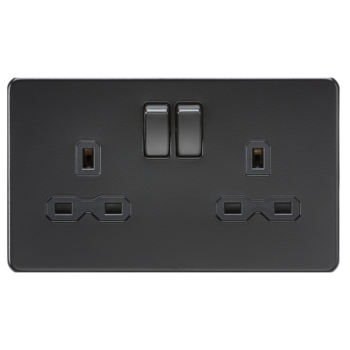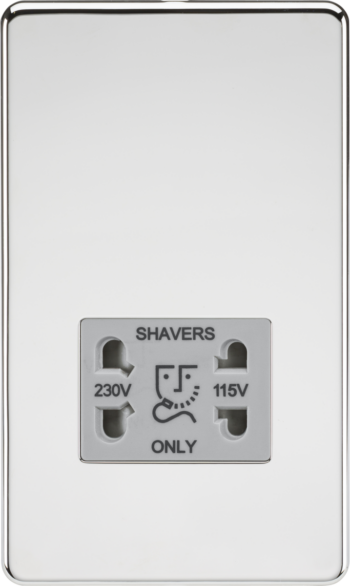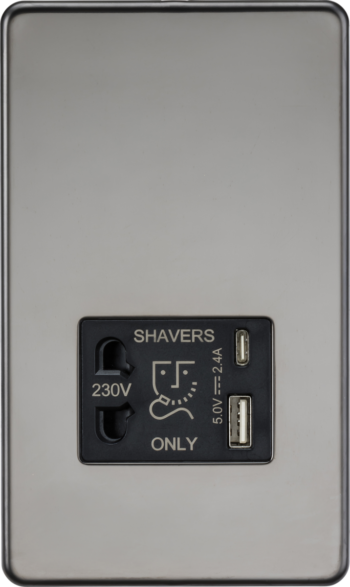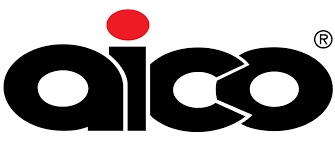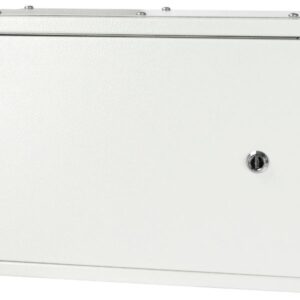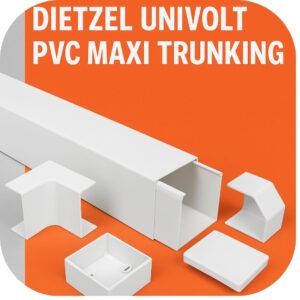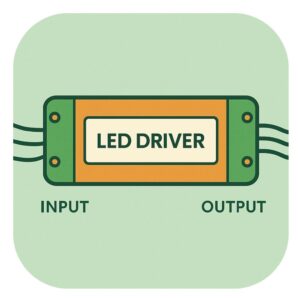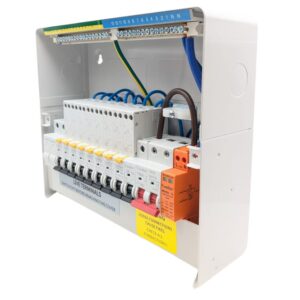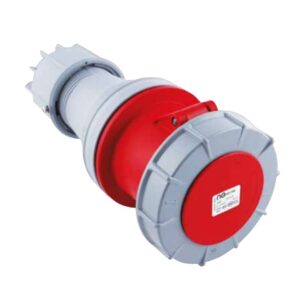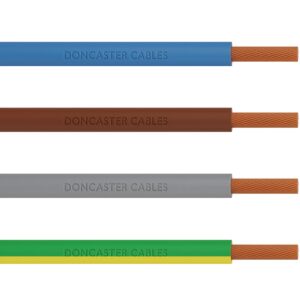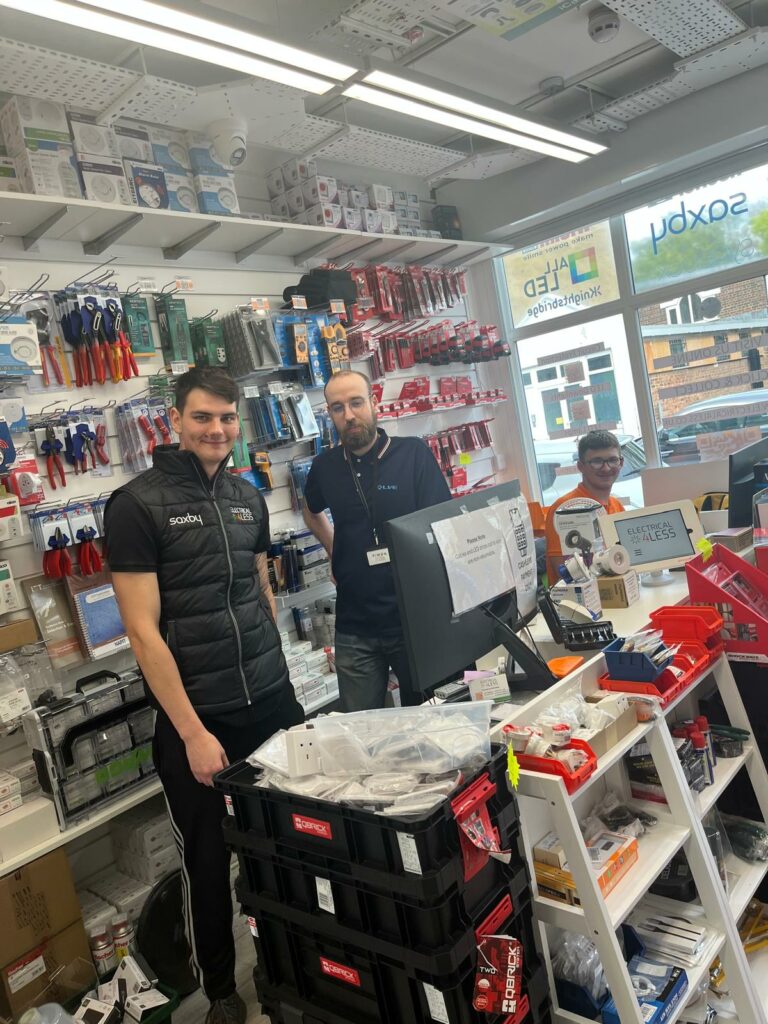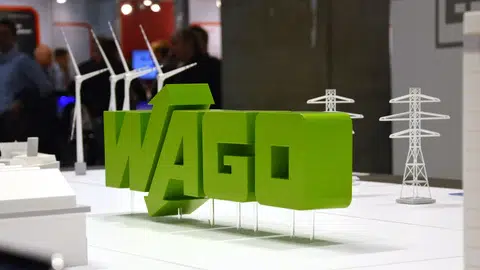
Wago is a name that resonates strongly within the electrical industry, particularly among electricians and tradespeople who value efficiency, reliability, and innovation. Known for its cutting-edge connection technology and automation products, Wago has grown from a small German company to a global leader in electrical interconnection and automation systems. This article delves into the history of Wago, the company’s development, the wide range of products it manufactures, and why these products are indispensable to professionals in the electrical and construction industries. We’ll also explore the technical aspects of Wago connectors, electrical boxes, gel connectors, and inline connectors, and how they have revolutionized electrical installations.
The History of Wago
The Early Years
Wago was founded in 1951 in Minden, Germany, by Friedrich Hohorst and Heinrich Nagel. The company initially focused on the development of spring pressure connection technology, which at the time was a novel approach to electrical connections. The invention of the first Wago spring pressure terminal block was a significant milestone in the electrical industry, offering a reliable alternative to the screw-type terminals that were prevalent at the time.
Pioneering Spring Pressure Technology
Wago’s breakthrough came with the development of the Cage Clamp® technology in 1977. This technology revolutionized the way electrical connections were made, eliminating the need for screw connections and providing a maintenance-free, reliable, and vibration-proof connection. The Cage Clamp® quickly became the industry standard, propelling Wago to the forefront of electrical interconnection technology.
Expansion and Global Reach
As Wago’s products gained popularity, the company expanded its operations internationally. In the 1980s and 1990s, Wago established subsidiaries and production facilities in key markets around the world, including the United States, France, China, and India. This global expansion allowed Wago to serve a broader customer base and adapt its products to meet the specific needs of different markets.
Focus on Innovation and Automation
In addition to its success in connection technology, Wago expanded into automation technology in the 1990s. The introduction of the Wago-I/O-System, a modular and flexible automation system, marked the company’s entry into the field of industrial automation. This system, based on decentralized control technology, allowed for more efficient and adaptable industrial processes, further solidifying Wago’s position as an industry leader.
Continued Growth and Leadership
Today, Wago continues to lead the industry in both electrical interconnection and automation technologies. The company remains privately owned and continues to focus on innovation, quality, and customer satisfaction. Wago’s products are used in a wide range of industries, including automotive, building technology, transportation, and energy, among others.
The Development and Progression of Wago
Technological Advancements
Wago has consistently pushed the boundaries of what is possible in electrical interconnection and automation. The company’s commitment to research and development has led to numerous technological advancements that have become industry standards. The Cage Clamp® technology, for example, has evolved over the years to accommodate new materials, applications, and environmental conditions, ensuring that Wago’s products remain at the cutting edge of technology.
Diversification of Product Lines
Wago’s product portfolio has diversified significantly since the company’s early days. Today, Wago offers a wide range of products, including terminal blocks, connectors, interface modules, automation systems, and software solutions. This diversification has allowed Wago to meet the needs of a broader range of customers, from small electrical contractors to large industrial enterprises.
Commitment to Sustainability
In recent years, Wago has also made significant strides in sustainability. The company is committed to reducing its environmental impact through energy-efficient production processes, sustainable product design, and a focus on renewable energy. Wago’s products are designed to be long-lasting, reducing the need for frequent replacements and minimizing waste.
Global Presence
Wago’s global presence has continued to grow, with subsidiaries and production facilities in more than 80 countries. This global reach allows Wago to provide localized support and tailored solutions to customers around the world, ensuring that the company’s products meet the specific needs of each market.
Wago’s Product Range
Wago Connectors
Wago connectors are perhaps the company’s most well-known products. These connectors are used to join electrical conductors without the need for tools, making them a favorite among electricians and tradespeople. Wago offers a variety of connectors, each designed for specific applications:
- Wago 221 Series Lever-Nuts®: These compact connectors are designed for use in tight spaces and are suitable for a wide range of wire types, including solid, stranded, and fine-stranded conductors. The 221 Series connectors are transparent, allowing for visual inspection of the connection, and feature lever mechanisms that make them easy to use without tools.
- Wago 2273 Series Push-Wire® Connectors: These connectors are designed for quick and easy installation in electrical junction boxes. They are available in various sizes and can accommodate different conductor sizes, making them versatile and reliable for a range of applications.
- Wago 773 Series Junction Box Connectors: The 773 Series connectors are designed for use in junction boxes and other applications where a reliable, maintenance-free connection is required. These connectors are available in various configurations and are ideal for use in residential and commercial wiring.
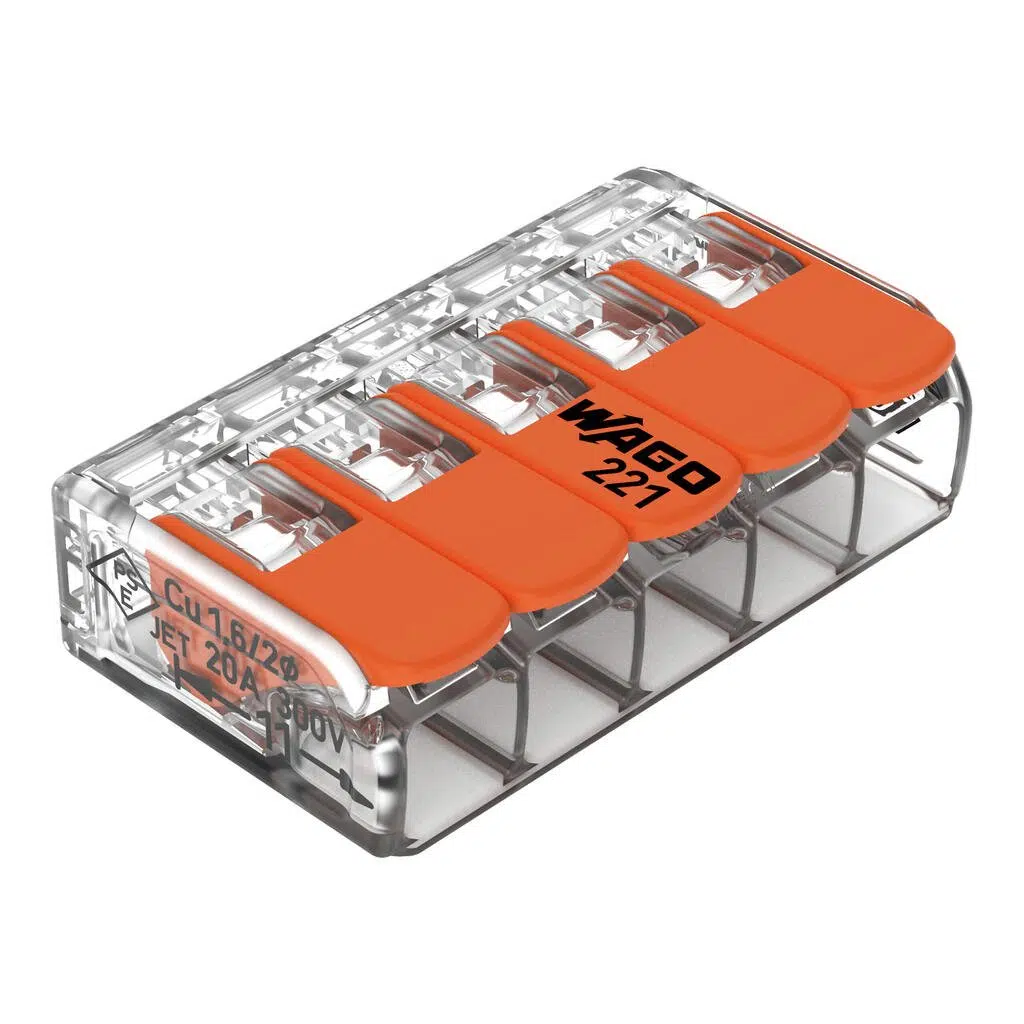
Wago Electrical Boxes
Wago also manufactures a range of electrical boxes designed to simplify the installation and management of electrical connections. These boxes are often used in conjunction with Wago connectors to create safe and organized electrical installations. Wago’s electrical boxes are made from durable materials and are designed to be easy to install, even in tight spaces. They are available in various sizes and configurations to accommodate different installation needs.
Gel Connectors
Wago’s gel connectors are designed for use in environments where moisture or corrosion is a concern. These connectors are filled with a special gel that provides protection against water and other contaminants, ensuring a reliable connection even in harsh conditions. Gel connectors are commonly used in outdoor installations, such as in garden lighting, and in areas with high humidity or exposure to water.
Inline Connectors
Inline connectors from Wago are designed for applications where a straight, inline connection is needed. These connectors are ideal for connecting conductors in a linear fashion, such as when extending wiring or making connections in tight spaces. Wago’s inline connectors are available in various configurations and can accommodate different wire types and sizes.
Why Wago Products are Essential for Electricians and Tradespeople
Ease of Use
One of the primary reasons Wago products are so popular among electricians and tradespeople is their ease of use. Wago connectors, for example, can be installed quickly and easily without the need for special tools. This not only saves time but also reduces the likelihood of installation errors, ensuring a reliable connection every time.
Reliability and Safety
Wago products are designed to provide reliable, maintenance-free connections. The company’s spring pressure technology ensures a secure connection that is resistant to vibration, thermal cycling, and other environmental factors that can cause connections to loosen over time. This reliability is crucial in ensuring the safety and longevity of electrical installations.
Versatility
Wago’s product range is incredibly versatile, with solutions for a wide range of applications. Whether working on residential, commercial, or industrial projects, electricians can find Wago products that meet their specific needs. The ability to use the same brand across different types of projects also simplifies inventory management and reduces the learning curve for tradespeople.
Innovation
Wago’s commitment to innovation means that their products are always at the forefront of technology. Electricians and tradespeople who use Wago products can be confident that they are working with the latest and most advanced solutions available, which can enhance the quality and efficiency of their work.
Technical Support and Training
Wago provides extensive technical support and training resources to help electricians and tradespeople get the most out of their products. This includes detailed product documentation, online tutorials, and access to expert support staff who can assist with complex installations or troubleshooting.
Technical Details of Wago Products
Wago Connectors: Technical Specifications
Wago connectors are designed with precision and attention to detail, ensuring that they meet the highest standards of quality and performance. Key technical details of Wago connectors include:
- Wire Compatibility: Wago connectors are compatible with a wide range of wire types, including solid, stranded, and fine-stranded conductors. This versatility allows them to be used in various applications and with different wire gauges.
- Current and Voltage Ratings: Wago connectors are rated for different current and voltage levels, depending on the series and model. For example, the Wago 221 Series connectors are typically rated for 32A and 450V, making them suitable for most residential and commercial applications.
- Temperature Range: Wago connectors are designed to operate in a wide range of temperatures, typically from -35°C to +85°C. This makes them suitable for use in various environments, including those with extreme temperatures.
- Materials: Wago connectors are made from high-quality materials, including flame-retardant polycarbonate for the housing and stainless steel for the spring clamps. These materials provide durability and resistance to environmental factors, ensuring a long service life.
Wago Electrical Boxes: Design and Features
Wago electrical boxes are designed for durability, ease of installation, and safety. Key features of Wago electrical boxes include:
- Modular Design: Many Wago electrical boxes feature a modular design that allows for easy customization and expansion. This makes them ideal for complex installations where flexibility is required.
- IP Rating: Wago electrical boxes are often rated with an IP (Ingress Protection) code, indicating their resistance to dust and water. For example, a box with an IP65 rating is dust-tight and protected against water jets, making it suitable for outdoor use.
- Cable Management: Wago electrical boxes are designed with integrated cable management features, such as cable glands and strain relief mechanisms. These features help organize and protect cables, reducing the risk of damage and ensuring a neat installation.
Gel Connectors: Protection in Harsh Environments
Wago gel connectors are specifically designed to protect electrical connections in harsh environments. Technical details of their gel connectors include:
- Gel Composition: The gel used in these connectors is a non-toxic, non-conductive substance that provides a barrier against moisture, dust, and other contaminants. The gel remains pliable, allowing it to conform to the shape of the wires and maintain a secure seal.
- Sealing and Insulation: Their gel connectors provide both sealing and insulation in a single package. This eliminates the need for additional sealing materials, such as heat shrink tubing, simplifying the installation process.
- Temperature Resistance: These gel connectors are designed to operate in a wide temperature range, typically from -40°C to +60°C, making them suitable for outdoor and industrial applications.
Inline Connectors: Streamlined Connectivity
Wago inline connectors are designed for applications where a straight, inline connection is required. Technical details of the inline connectors include:
- Compact Design: Their inline connectors are designed to be as compact as possible, allowing them to be used in tight spaces where traditional connectors might not fit.
- Easy Installation: Like other connectors, inline connectors are designed for easy installation without the need for special tools. They feature push-in or lever-actuated mechanisms that secure the wires quickly and reliably.
- Durability: The inline connectors are made from high-quality materials that ensure long-lasting performance. They are designed to withstand vibration, thermal cycling, and other environmental factors that can affect the integrity of electrical connections.

Conclusion
Wago has established itself as a leader in the electrical industry through decades of innovation, quality, and commitment to customer satisfaction. From its early days as a small German company to its current status as a global powerhouse, they has consistently pushed the boundaries of what is possible in electrical interconnection and automation. Electricians and tradespeople around the world rely on Wago’s products for their ease of use, reliability, and versatility. Whether it’s the revolutionary Cage Clamp® technology, the versatile range of connectors, or the durable electrical boxes and gel connectors, Wago’s products have become essential tools for professionals who demand the best in their work. As the company continues to innovate and expand its product offerings, they remain a trusted partner in the ever-evolving world of electrical technology.
See the full range of Wago connectors & products we stock here!
Wago FAQ
Yes, Wago connectors are legal in the UK. They are widely used and comply with UK electrical standards and regulations, including the IET Wiring Regulations (BS 7671). However, it is essential to ensure that the connectors are used correctly and in accordance with the manufacturer’s guidelines.
Wago connectors offer several advantages over traditional wire nuts. They provide a more secure and reliable connection without the need for tools, are vibration-resistant, and generally offer a more straightforward installation process. Wire nuts can be more prone to issues with loosening over time, whereas these connectors typically provide a more consistent and maintenance-free solution.
Wago connectors are designed to provide a permanent connection once installed. They use spring pressure to hold wires securely, eliminating the need for re-tightening. As long as they are installed correctly, they offer a durable and reliable connection that is intended to last for the life of the installation.
Yes, Wago connectors can be used in house wiring. They are suitable for a wide range of applications, including residential wiring. Their connectors are commonly used for splicing wires in junction boxes, light fittings, and other electrical connections in domestic settings.
Wago connectors can be used instead of traditional junction boxes in many applications. They are often used for splicing wires directly, which can simplify installations and reduce the need for additional junction boxes. However, for some applications, especially those involving multiple connections or requiring additional protection, a junction box may still be necessary.
The Wago 221 and 222 are both types of lever-operated connectors, but they have some differences: 221 Series: Known for its compact design, it is suitable for use with various wire types and sizes. It allows for easy inspection of connections and is often used in residential and light commercial applications.222 Series: These connectors are similar in functionality but typically feature a larger design and can accommodate slightly larger wire sizes. They are designed for applications where more robust connections are required.
While Wago connectors are generally reliable and well-regarded, like any electrical component, they can fail if not used correctly. Common causes of failure include incorrect installation, exceeding the rated current or voltage, or using them in inappropriate environmental conditions. Following manufacturer guidelines and using the connectors within their specified limits will help minimize the risk of failure.
The number of cables you can fit in a Wago connector depends on the specific model and size of the connector. For example:221-412: Can accommodate up to 4 conductors, each up to 2.5 mm².221-413: Can accommodate up to 3 conductors, each up to 4 mm². Always check the connector’s datasheet for exact specifications.
Yes, Wago 221 connectors can be used on a ring main, provided they are used within their rated current and voltage limits. They offer a secure and reliable connection suitable for various wiring configurations, including ring mains.
Ferrules are generally not required with Wago connectors, as the spring-clamp mechanism can securely hold stranded wires without them. However, ferrules can be used if you prefer to ensure that stranded wires are fully captured and prevent any potential fraying.
For 2.5 mm² cable, you should use Wago connectors that are rated for this size. For example, the 221-412 connector is suitable for 2.5 mm² wires and provides a reliable connection for this cable size.
The number of wires a Wago 221 connector can hold depends on the specific model. For instance, the 221-412 can hold up to 4 wires, while the 221-413 can accommodate up to 3 wires. Always refer to the product specifications for precise details.
Yes, Wago wire connectors are legal and widely accepted in many countries, including the UK, as long as they are used in accordance with local electrical regulations and standards. They are compliant with various safety and performance standards.
The current rating of a Wago 221 connector depends on the specific model and wire size. For example, the 221-412 is typically rated for up to 32 amps, while other models may have different ratings. Always check the connector’s datasheet for accurate ratings.
Yes, Wago connectors can be used with 6 mm² cable, but you need to use connectors specifically designed for this wire size. The 221-413 or similar models that accommodate larger wire sizes are suitable for 6 mm² cables.
Wago connectors can be used without a junction box for some applications, as long as the installation complies with safety regulations. However, in many cases, using a junction box or enclosure provides additional protection and ensures compliance with electrical codes.
The ampacity of a 6 mm² Wago connector depends on the specific model. Generally, connectors designed for 6 mm² cables can handle current ratings around 40-50 amps, but it is essential to check the manufacturer’s specifications for the exact rating.
Yes, you can put two wires into a Wago connector, provided the connector is rated for the wire sizes and the number of wires being connected. Ensure that the wires are inserted properly and fully into the connector for a secure connection.
Yes, you can daisy chain Wago connectors if needed. This involves connecting multiple Wago connectors in series to extend the wiring or to connect multiple circuits. Ensure that each connector is used within its rated capacity and that all connections are secure.
While it is possible to plaster over Wago connectors, it is generally not recommended. Connectors should be accessible for inspection and maintenance. If you must cover them, ensure that the installation complies with local electrical codes and regulations.
Wago connectors are typically not used inside plug sockets. Plug sockets usually require connections to be made in accordance with specific wiring regulations and often use traditional terminal methods. Wago connectors are more commonly used in junction boxes and other wiring enclosures.
No, you do not have to use all the slots in a Wago connector. Slots can be left unused if not needed for the particular application. Ensure that any unused slots are properly covered or sealed according to the manufacturer’s recommendations.
Wago connectors are generally designed for one-time use to ensure a secure and reliable connection. Reusing connectors can compromise their integrity and performance. If a connector needs to be removed, it is advisable to replace it with a new one to maintain safety and reliability.These FAQs cover the most common questions about Wago connectors and their applications, providing clarity on their use, benefits, and limitations.
- Compact Horizontal TP&N Distribution Boards – With 100A Main Switch & Type 2 SPD Options
- 🧱 Large PVC Cable Trunking by Dietzel Univolt – Key Sizes + Accessories
- How to Choose an LED Driver – Constant Voltage vs Constant Current Explained
- Most Popular FuseBox Consumer Units
- 🔌 Commando Sockets – The Ultimate Guide to Industrial Plugs and Sockets (IEC 60309)




